Exploring Global Impact: Environmental Stewardship in the GLOBE Program.
Discovering GLOBE: Getting to the Heart of the Matter
The globe is a program that not only connects children and instructors from all over the world, but also empowers them to become environmental stewards. Enter the GLOBE program, a global community dedicated to environmental observation, investigation, and comprehension. GLOBE, which stands for Global Learning and Observations to Benefit the Environment, includes a universe of possibilities. GLOBE is a platform for promoting environmental stewardship, not just a science program. Participants become active contributors to our understanding of the Earth’s linked processes rather than passive observers. This method develops a sense of responsibility and empowers people to make educated environmental decisions.

This picture was taken from words press website.
What Is Unique About the GLOBE Program?
GLOBE is more than a program; it is a global movement that brings together students, teachers, and scientists from all around the world. GLOBE is really about hands-on, experiential learning. It allows participants to leave the classroom and enter the globe, transforming the entire planet into their laboratory. What actually distinguishes GLOBE is its emphasis on real-world application. Rather of limiting their learning to textbooks and classrooms, GLOBE participants go outside to actively connect with their surroundings. Students develop practical skills that extend beyond academia by doing hands-on experiments and making observations in their local habitats, preparing them for a future in which environmental stewardship is an essential component of global citizenship.

This picture was taken from word press
Participating in Meaningful Research
GLOBE is about more than just data collection; it’s about asking questions, seeking answers, and engaging in meaningful inquiry. Participants are encouraged to create and carry out their own scientific experiments, instilling a sense of wonder and exploration. This method turns learning from a passive to a stimulating adventure of discovery. GLOBE places a high value on student-led inquiry. Students are encouraged to generate their own questions and design investigations that match with their individual interests rather than following prescribed experiments. This student-centered approach fosters not only a sense of ownership over their learning but also the development of critical thinking skills.
Connecting Classrooms on Different Continents
One of the most enthralling parts of the GLOBE program is its ability to establish cross-continent partnerships. Students and teachers join a global network in which they share their discoveries, views, and even cultural perspectives. GLOBE’s collaborative nature transcends regional borders, resulting in a virtual classroom without walls. GLOBE encourages collaborative initiatives that bring students from many regions together. Whether it’s gathering data for a research project together or exchanging findings via virtual platforms, collaborative activities help to break down geographical barriers. Students not only share their scientific discoveries through project exchanges, but they also obtain firsthand knowledge of their peers’ distinct environmental situations.
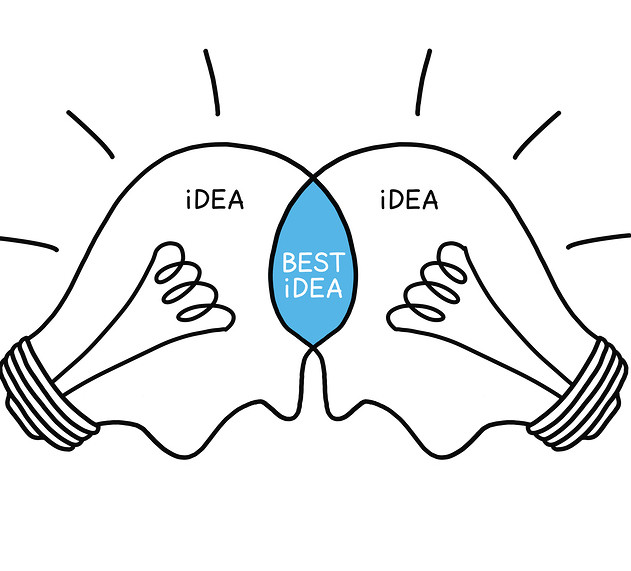
GLOBE’s Ripple Effect: From Local to Global
GLOBE’s impact reaches well beyond the persons immediately involved. Participants contribute to a communal understanding of our planet by contributing to a global dataset. This shared information has the ability to affect local and global environmental policies, sending ripples through communities and nations. Globe’s fundamental mission is to empower local communities by transforming students and educators into active participants in environmental education. Participants who engage in hands-on observations and inquiry-based learning become change agents in their communities. This empowerment manifests itself through greater environmental awareness, community involvement, and the launch of local environmental projects. GLOBE’s rippling impact begins at the grassroots level with the fostering of global citizenship. By instilling a sense of responsibility for local environments, participants’ concerns inevitably extend to global challenges. GLOBE creates future leaders with a broader perspective by laying the groundwork for a worldview that acknowledges the interconnection of all communities and ecosystems.

Thank You
National Geographic Explorer Classroom Tool
I chose this tool because National Geographic has always been an interesting network for me to watch growing up. I instantly resonated with this tool because nature and the exploration of wildlife were something I enjoyed learning as a child. With this tool, I hope to teach the next generation of kids, such as the students who I will be teaching, about the fascinating discovery of nature around us and to have a fun and engaging experience while sitting in a classroom but still feeling as if they are diving into a new reality. The Explorer Classroom tool is a live YouTube show that unites young people from all around the world with Explorers to hear behind-the-scenes stories and interact in real time. All events are free and accessible to the public, and they include an event guide to help people get a fully interactive experience. There are several animals that are unique to specific regions and countries around the world that most people will never learn or see. This classroom is an effective and eye-opening experience that creates an environment in which students can learn about various details and open their eyes to the world around them, potentially inspiring them to do better for our world and environment in order to make it a better place for humans and an even safer and healthier place for wildlife. Every week, I would show my class a video of a certain film they are interested in watching, play it for them, and have them write a brief paper about what they learned and found exciting after watching the video.
National Geographic Explorer Classroom Tool: https://www.nationalgeographic.org/education/student-experiences/explorer-classroom/

The National Geographic site where I found this photo
https://images.search.yahoo.com/search/images;_ylt=AwrFAYVXIiRl9t8EO2lXNyoA;_ylu=Y29sbwNiZjEEcG9zAzEEdnRpZAMEc2VjA3BpdnM-?p=national+geogrpahic+expolrer+classroom&fr2=piv-web&type=E211US105G0&fr=mcafee#id=13&iurl=https%3A%2F%2Fi.pinimg.com%2F736x%2Fe3%2F58%2F3e%2Fe3583e958dbc505b9c2a3e58dc60fe73.jpg&action=click
References
The National Geographic Society. (n.d.). Explorer Classroom. National Geographic Society. Retrieved October 9, 2023, from https://www.nationalgeographic.org/education/student-experiences/explorer-classroom/
Childhood Education International Review
I chose Global Schools First – Childhood Education International because it is a resource for global education in grades k-8. I never really heard about this tool and decided that it would be good to learn about a new tool. This tool focuses on diversifying schools and implementing it into clubs, the learning curriculum, the school culture, etc.

One of their main focuses is sustainable learning. Sustainable learning “refers to educational practices that contribute to a continually evolving, healthy learning ecosystem in which knowledge is co-created and shared in a community.” This is especially important to me because my goal for my global goals project is quality education. Sustainable learning is one of the steps towards improving quality education because it works towards bettering education for everyone.
This tool also has a section in their website dedicated to courses. The main purpose of these courses is to help educators better their way of teaching and look at their students through a new light. Some of their free courses include “Webinars & Workshops Archive,” “Understanding the Impact of Trauma on Early Childhood,” “Integrating Social and Emotional Learning,” etc. There are a variety of courses that focus on very different topics, maximizing the number of skills that teachers can acquire. In addition, this is a global tool so there are courses in many different languages, improving quality education worldwide.
Exploring Diversity in Youth Narratives with the Center for the Study of Multicultural Children’s Literature
Today, we have experienced numerous global educator tools that represent innovation and connectivity. In an era where borders dissolve in the wake of digital advancements, educators find themselves equipped with diverse tools designed to foster a truly global learning experience. One tool in particular would be the Center for the Study of Multicultural Children’s Literature.

What Is the Center for the Study of Multicultural Children’s Literature?
The Center for the Study of Multicultural Children’s Literature (CSMCL) is a leading education research center in multicultural literature. It has a collection of recent and historically significant multicultural children’s artworks, books, and manuscripts. These resources provide a culturally diverse list of books for students in K to 8. Their mission is to keep the diversity of cultures alive in children’s and young adult books. With this, students, teachers, and faculty staff can experience reading different stories and perspectives throughout the different cultures in the world.

Why Is It Essential?
I picked this global educator tool because it is essential to everyone in and outside the classroom. Everyone must read as an avid reader because it can improve your mental health and focus, memory, empathy, and communication skills. In addition, it allows you to learn new things and can help you succeed in school, work, and your relationships with others. Reading culturally diverse books opens up new worlds and helps us understand people who might be different from us. It broadens our worldview and helps us appreciate the richness of human experiences. CSMCL is helpful because it provides information about why multicultural children’s books should be in a classroom and why it is essential to engage with different cultures. I love that CSMCL wants to start sponsoring activities for libraries and other committee services worldwide so children and young adults can experience what it is like to learn about others and their upbringing. In addition, every year, this educational research center uploads a “best book” list for the year, which is worth checking out!
How Would I Use It In My Classroom?
Using multicultural books in a classroom can be a powerful and enriching experience. Some ways that I would use it in my classroom include the following:
- Have discussion circles
- Build a diverse classroom library
- Assign creative projects
These three practical ways to incorporate multicultural books in my classroom let students connect with each other and discuss their thoughts about what they are reading. It would be fascinating for students to create a project or presentation about their culture and family traditions and share it with their peers. A project incorporating this information will allow everyone to represent their origin and encourage students to express their understanding of cultural themes.
Make sure to follow my Twitter (X): @taliana_ayala
National Geographic Explorer Classroom
National Geographics Explorer classroom is a tool that allows students to interact with professionals such as “cutting-edge scientists, researchers, and powerful storytellers” all over the world allowing students to connect with Explorers in real-time while making ground-breaking discoveries and what goes on behind the scenes.

Explorers classrooms provide a unique learning experience, providing custom guides for each classroom completely full of fun activities and resources for the students in the classroom or even in their own households.
The useful online tool even allows students the chance to be featured in the live stream with the Explorer allowing the classroom or household to provide any questions for the explorer to answer.
As someone who is striving to become a history teacher, this feature seems like an amazing, fun, and interesting way to engage the classroom. It would be fantastic to allow my classroom the chance to interact and explore parts of history right in the classroom.
For example, students can interact with underwater Archeologist Tara Roberts who is searching for sunken slave ships.
Or Carter Clinton who is using the latest technology to better understand the lives of African Americans during the slave trade through DNA, bacteria, and soil sampling from freed and enslaved people who were buried in Manhattan New York African burial ground.
The idea of allowing my students to see discoveries unfold in real-time is something that I can not pass up.
National Geographic Explorers Classroom – https://www.nationalgeographic.org/education/student-experiences/explorer-classroom/
CIEE: Unlocking the Classroom Across the Globe

What is CIEE?
The Council on International Educational Exchange, or CIEE, is a nonprofit organization that focuses on global exchange and education initiatives around the world. Since its establishment in the United States in 1947, CIEE has grown to become one of the biggest and most established international education organizations in existence.
Through this organization, students are able to not only visit other countries but experience different aspects of life that create learning opportunities in culture, language, and more. In learning directly hands on from those who live their day to day lives within a specific culture, CIEE ensures that the learner receives an immersive hands-on learning experience.
Why Did I Select CIEE?
I chose CIEE because of the opportunity it offers students around the globe. It fosters an environment internationally for students to connect with one another, with distinct cultures, learn languages, establish connections and broaden their horizons of the world they live in. The opportunity to study abroad is a privilege that students and educators alike should take advantage of more frequently. Organizations like CIEE create an open classroom where the material is readily available in daily lives of others around the globe. Interactive learning can make the difference between whether learners are able to walk away with something from the experience or not, and offering a hands-on experience is often times the best way to learn. Especially in subject matters such as languages, practice is the most effective tool to ensuring a good grasp on the language. Traveling to another country where one might need to use the language being learned is a phenomenal way to practice. CIEE offers these opportunities through their exchange programs, study abroad programs and more.

How Will I Use CIEE?
As a future Spanish language educator, it has become crucial to me already the importance of practice, but even more so the opportunity to practice. As a teacher, being able to inform my students about the opportunities that are available to them through organizations such as CIEE will provide to them a great resource. Often times traveling to a foreign country is intimidating and difficult to organize, but by organizing educational trips to Spanish-speaking nations through organizations like CIEE it becomes less and less of something to worry about, and more and more of a great chance for students to expand their knowledge and increase their practice in the language.

Discovering the Power of Education: A Deep Dive into Discovery Education
A brighten path to gain knowledge about the world.
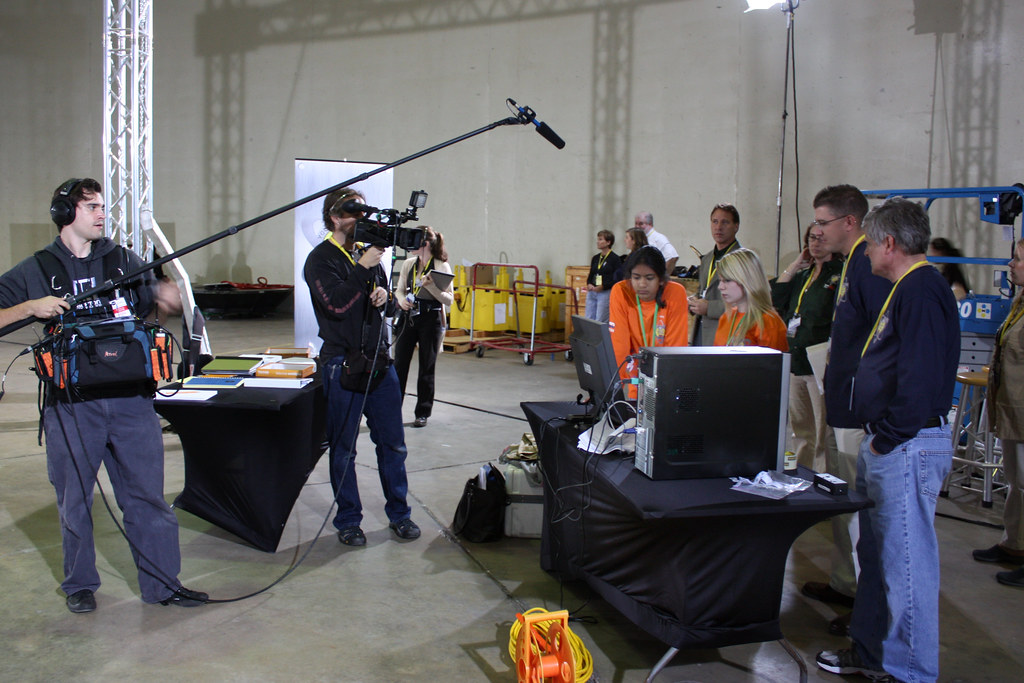
Education has always been a cornerstone of human progress, and in the 21st century, it is evolving at an unprecedented pace. One of the pioneers in the field of education technology is Discovery Education, a global leader that has transformed how students learn and teachers teach. In this blog post, we’ll take a closer look at Discovery Education and its significant impact on modern education.
The Birth of Discovery Education
Discovery Education, part of Discovery, Inc., was founded with a simple yet revolutionary mission: to ignite students’ natural curiosity and inspire them to explore the world around them. It all began in the early 2000s when Discovery Communications leveraged its vast media resources, including the Discovery Channel, to create digital content for the classroom. This initiative marked the birth of Discovery Education.
A Wealth of Digital Resources
At the heart of Discovery Education’s success lies its extensive library of digital resources. These resources cover a wide range of subjects, including science, math, social studies, and more. Whether through videos, interactive simulations, virtual field trips, or engaging assessments, Discovery Education provides educators with a treasure trove of tools to captivate students’ minds and make learning come alive.
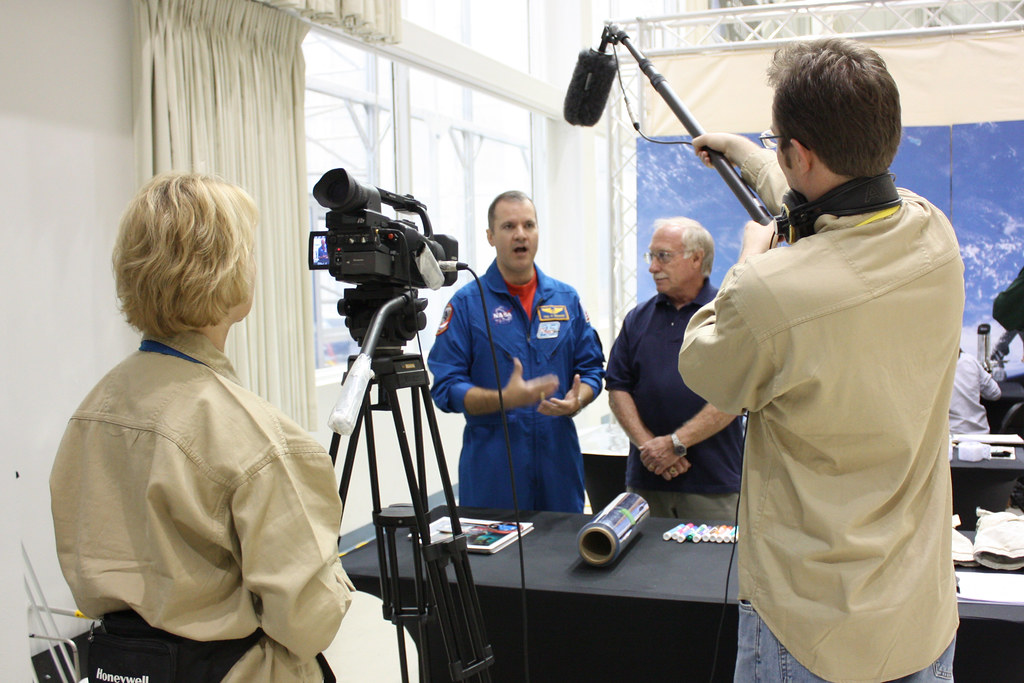
In addition to resources for students, Discovery Education offers robust professional development opportunities for educators. Teachers can access a wealth of training materials, webinars, and workshops that help them harness the full potential of the platform. By empowering educators, Discovery Education indirectly benefits millions of students worldwide.
(Grammar checked by GPT4 & Grammarly)
National Geographic
Global Educator toolbox

National Geographic Kids K-12
Why did I choose this?
I chose this because when i was younger I loved to watched National Geographic and how it intertwined with my current life. In my future career of business this is a great tool to use to educate all about the world and different kinds of things. If I was ever to teach business to students I would use this tool to benefit all.

What I found?
I found that National Geographic can help kids of all age get educated on different animals and parts of the world. There is also a certain program where people who currently work for them will come in and talk with students, answer any questions and educate them. This is amazing because it offers kids the opportunity to “look up” to someone and look towards something.

How I would use this
I would use this in the business world if I owned a travel businesses to find destinations to take people across the world to see different animals to educate them in advance. I think that this would be a good website to get a lot of information off of.
THANK YOU!
Paul Mancini
National Geographic K-12
Global Educator Toolbox

A picture of what is usually featured in this tool- the nature worldwide and how to protect them. This is useful when teachers try to teach students about the different environments.
WHY?
I chose this because, in my education, I always referred to this tool. I always believed it was beautiful how National Geographic’s photographers and those working for them do so much to educate the world. I thought it would be a brilliant idea to continue with my college degree and hopefully my teaching progress.
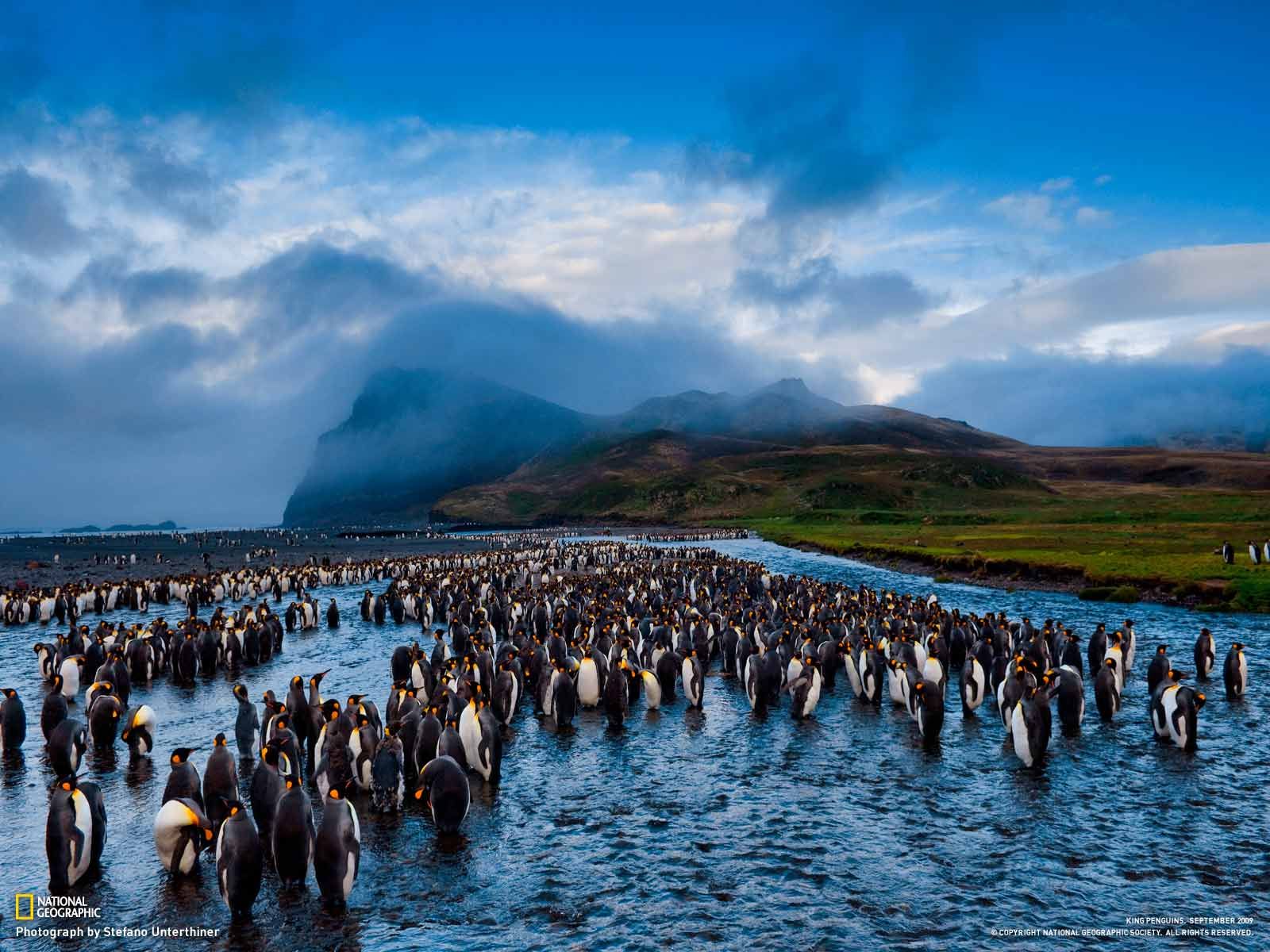
FINDINGS
I found that National Geographic helps to promote science, discovery, and geography in a classroom. It would be beneficial as a teacher if I could incorporate hands-on activities after or before watching an episode or reading a magazine. There are many things for kids that N.G promotes, such as all kid’s magazines, specific puzzles and computer games for children to play, and stories.
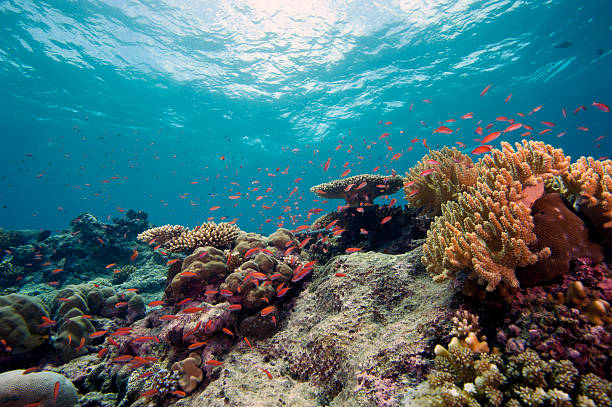
HOW TO USE
Before a lesson about history, animals, science, or discovery, I would find an episode or a part of a story, a game, or a magazine from National Geographic that fits into my lesson. Hence, it offers children multiple different sources. This could give students numerous references to refer to. All of the many other things that this tool covers would be perfect in any classroom!
THANK YOU!
Gianna Taylor
Global Collaboration for Young Learners
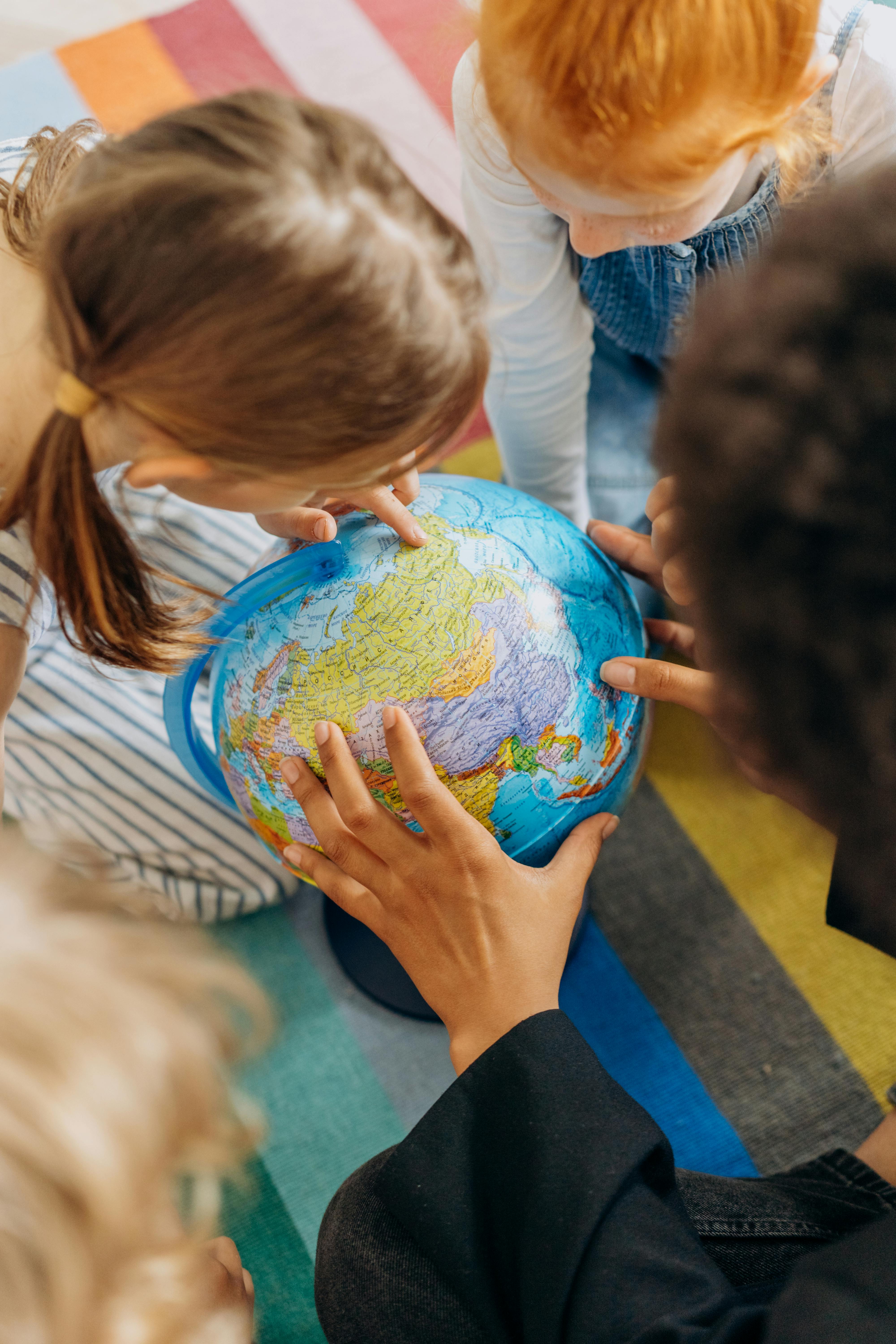
Importance of Collaboration
Collaboration is a huge factor in young student’s social and academic growth. Learning from a young age how to collaborate gives students a chance to learn from others, and share their own ideas with others. Students gain a lot of confidence in their social skills from working with groups in school. I chose this tool to research because I believe it is a huge part in student growth!
Global Collaboration
Empatico offers a program for students to collaborate with other students from all around the world. Young students who are introduced to this program can learn so much about other countries and how they learn and what they’re going through. It can teach students about empathy through these digital exchanges. More than 23,000 educators in 131 countries have used this platform for over 2,000,000 students all over the world. It is a great program to get introduced to different schooling and different cultures.
It is a very easy way to communicate with students and educators from different countries which I find so interesting. It is not common to be able to do these things in school so it’s very exciting to learn more about this program. I would love to utilize this program in my own class, and teach students the importance of being able to empathize and to learn about other countries and cultures. I would allow my students to do it once or twice a week so they can keep in touch with their penpal, and hopefully build a friendship with them. I would listen to my students opinions on the program, whether or not they liked it. If it is something they really enjoy, I would pass the word on to more teachers so they can give their students a fun learning experience as well.
Empathy
This program was made to teach students how to show that they care for others, and learn about self-awareness. Being able to put themselves in someone else’s shoes, or understand someone else’s feelings can be a huge factor in socially and emotionally growing up. Behavior also plays a huge role in this program because what students do for others makes a huge impact. This program can help those students learn these skills.

What Does Empatico Offer?
Empatico offers many different tools. Here is a list of what they offer:
- Empathy centered activities
- Being able to explore the world and make connections
- Messaging and scheduling
- Live exchanges
All of these tools can help students not only gain emotional and social skills, but they also will learn about many different countries and cultures, as well as learning how to message others and schedule live meetings.
Thanks for reading!